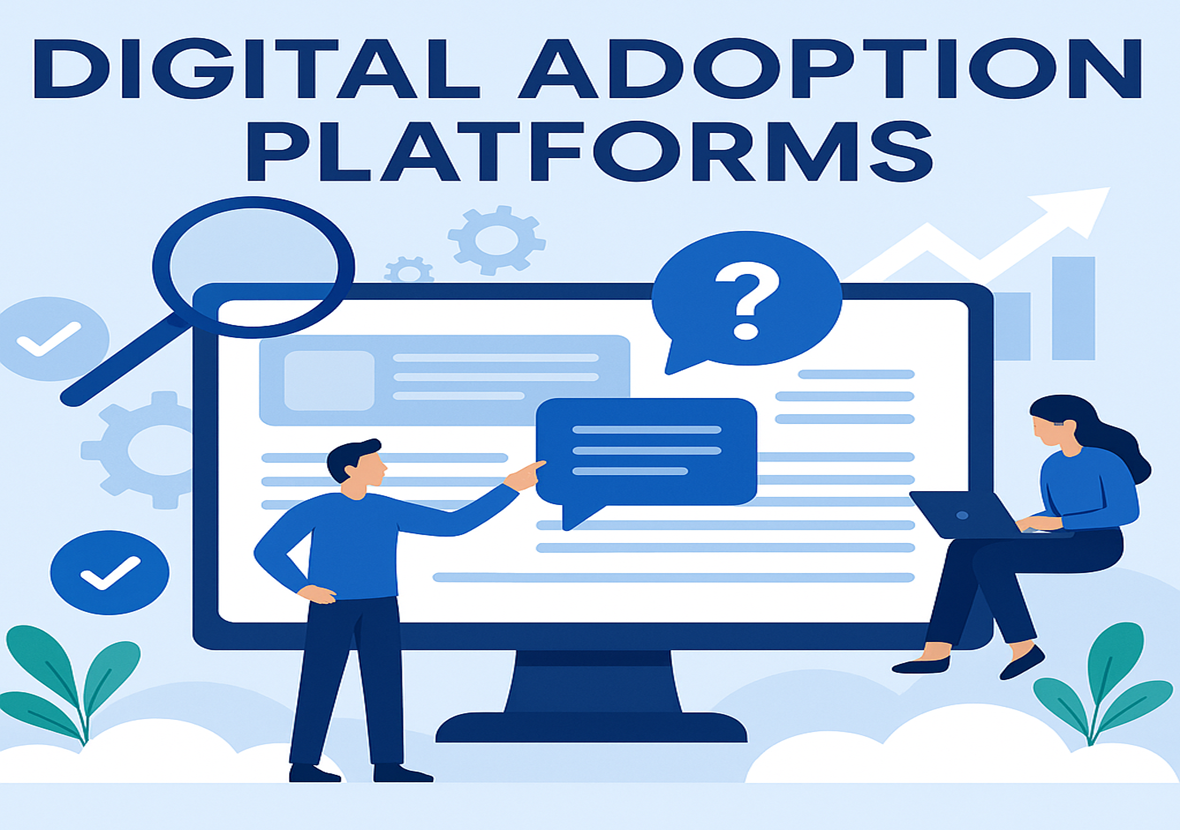Can You Still Make Money With NFTs
In 2025, can you still profit from NFTs, or has the hype train finally come to a stop? Trading volumes have drastically decreased fifteen months after the last major JPEG craze spike. According to CryptoSlam, global NFT sales fell to $1.5 billion in the first quarter of 2025, a 63 percent decrease from the same period the previous year, according to Cointelegraph. At the same time, the market’s total 2024 volume barely fell short of last year’s Cointelegraph, pushing beyond $8.8 billion. Creators, collectors, and side hustlers are left wondering if the opportunity has merely matured or if it has completely vanished due to these conflicting signals. This essay provides a data-driven overview of the current situation and an honest look at areas where earnings are still being produced.
The 2025 NFT Market
The headline numbers are sobering. From January to March 2025, average monthly sales plunged from roughly $1.4 billion to just under $500 million, reversing the modest “comeback” momentum analysts noted in late 2024 Cointelegraph. Much of the drop came from the rapid cooling of Bitcoin Ordinals and high‑end art collections. Yet Ethereum, Solana, and a handful of niche gaming chains continue to post hundreds of thousands of on‑chain transactions every day. What the raw totals conceal is a shift from speculative frenzy toward smaller, utility‑driven drops and brand‑led collections that emphasise long‑term perks over quick flips. Where five‑ and six‑figure sales once grabbed every headline, today the story is about loyalty passes that unlock gated Discord channels, festival tickets, or “phygital” merchandise coupons. Seasoned NFT investors who survived the boom‑and‑bust cycles of 2021‑23 describe 2025 as a period of healthy consolidation rather than terminal decline, more akin to the early‑2010s post‑App‑Store shake‑out than to the dot‑com crash.
Profiting from Resale and Flipping in a Leaner Market
Lower volumes and thinner liquidity haven’t killed arbitrage; they have simply raised the skill bar. Successful flippers now track floor‑price spreads across Blur, OpenSea, Tensor, and niche vertical marketplaces in real time, scooping undervalued listings the moment they appear. Because hype windows are narrower, holding periods rarely exceed forty‑eight hours. Data dashboards such as Dune and Parsec have become essential: they reveal wallet clusters, sudden listings by “whale” collectors, and order‑book depth on competing chains. Case studies such as the February 2025 surge in Pudgy Penguins—up 18 percent in floor value even as overall sales collapsed Cointelegraph—show that asymmetric upside still exists for collections with engaged communities and off‑chain brand deals. Yet, for every overlooked gem there are dozens of illiquid projects. Flippers therefore build strict exit rules: if a token fails to clear a predetermined price target within a day, it is relisted at cost to preserve capital. Skilled trading, then, remains viable, but it is as data‑intensive and time‑sensitive as day‑trading altcoins.
Earning Passive Income
Primary‑sale windfalls may have shrunk, but recurring cash flows continue to reward creators and long‑term holders. Ethereum’s EIP‑2981 royalty standard, now supported by most major venues, ensures that artists and project teams receive between 2.5 and 10 percent on secondary trades—small sums individually, yet meaningful over thousands of micro‑sales. In parallel, staking protocols such as Solana’s Cardinal and Polygon’s TribeOne let holders lock up certain gaming or metaverse NFTs in return for emission tokens that can be swapped for USDC. Lending desks on Arcade.xyz and NFTfi, meanwhile, accept blue‑chip profile‑picture assets as collateral; borrowers pay annualised rates near 12 percent, converting dormant collectibles into yield‑bearing instruments. Although default risk lurks—floor prices can still crater—lending‑and‑borrowing volumes have inched upward even as spot trading falters. For investors chasing steadier returns, passive strategies that harness royalties, staking rewards, and interest spread across multiple protocols can outpace simple buy‑and‑hold appreciation.
Utility and Community
Away from speculative trading, brands and creators are monetising NFTs by treating them as programmable loyalty cards. Starbucks may have paused its Odyssey beta, but newer entrants—including sportswear startup Stride and K‑pop agency Nova Entertainment—are selling yearly membership passes that bundle streaming perks, merch discounts, and fan‑club voting rights. Holders who renew or trade these passes on secondary markets generate royalties that feed back into the project treasury, financing future experiences. Independent musicians use platforms like Sound and Serenade to airdrop concert tickets and exclusive stems to token owners, cultivating superfans who amplify word‑of‑mouth promotion. Even museums have joined the fray: the Rijksmuseum’s limited‑edition tokenised prints of Vermeer sold out in minutes in April 2025, funding restoration projects while granting collectors VIP exhibition access. The lesson is clear: when an NFT delivers tangible benefits—priority support, real‑world events, or co‑creation opportunities—buyers value it as a long‑term membership rather than a speculative chip, creating new, durable profit streams.
Risks, Regulations, and Best Practices for 2025
Of course, there is still regulatory haze in the way of making money in web3. The SEC’s 2024 settlement with the Stoner Cats team reaffirmed that when marketing places a strong emphasis on price appreciation, U.S. regulators may treat such NFTs as unregistered securities. By year-end, the Markets in Crypto-Assets (MiCA) framework in Europe will fully enforce disclosure regulations and reserve requirements on issuers of fractionalized assets. Phishing websites and copy-mint bots continue to be everyday threats, and Ledger reported a 45 percent increase in NFT-related support tickets year over year. Astute operators employ multi-sig treasury wallets, stringent KYC for prize distribution, and pre-launch third-party smart-contract audits. Hardware wallet custody, transaction simulator plug-ins like Pocket Universe, and transparent tax planning are increasingly considered best practices for buyers because NFT profits are often classified as capital gains in many jurisdictions.
https://usfonts.link/best-online-tutoring-jobs-that-pay-well-in-2025/
Conclusion
The fundamental invention of tokenized digital ownership persists, even though the spectacular headlines of multimillion-dollar JPEG auctions may seem like they belong in the past. Despite the fact that overall volumes have drastically decreased and flipping demands more acute reflexes than ever before, people are still making money with NFTs in 2025 by concentrating on the basics: data-driven smaller-scale arbitrage, compounding royalties, yield-bearing DeFi integrations, and utility-driven passes that strengthen client relationships. Sustainable profit is still achievable if you handle the current market like a business, budgeting for compliance, community management, and smart-contract audits, rather than as a casino. Are you prepared to explore? Let’s work together to traverse the next chapter of digital collectibles. Download our free NFT Income Matrix PDF, sign up for the newsletter for weekly on-chain insights, and leave your questions in the comments section.















One Comment
[…] Can You Still Make Money With NFTs in 2025? […]